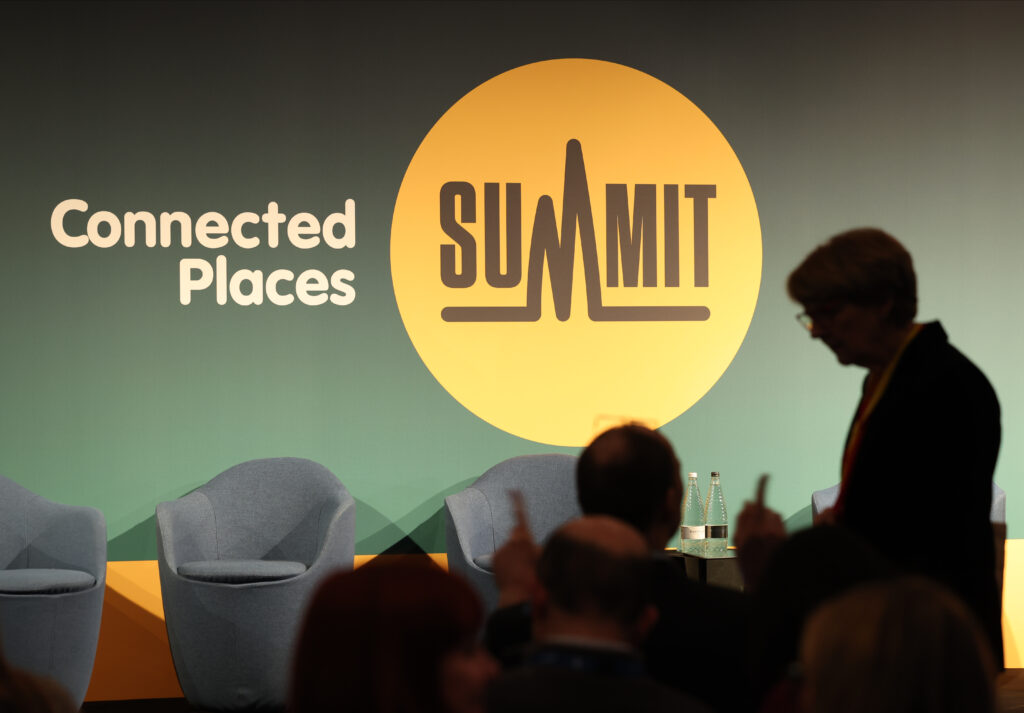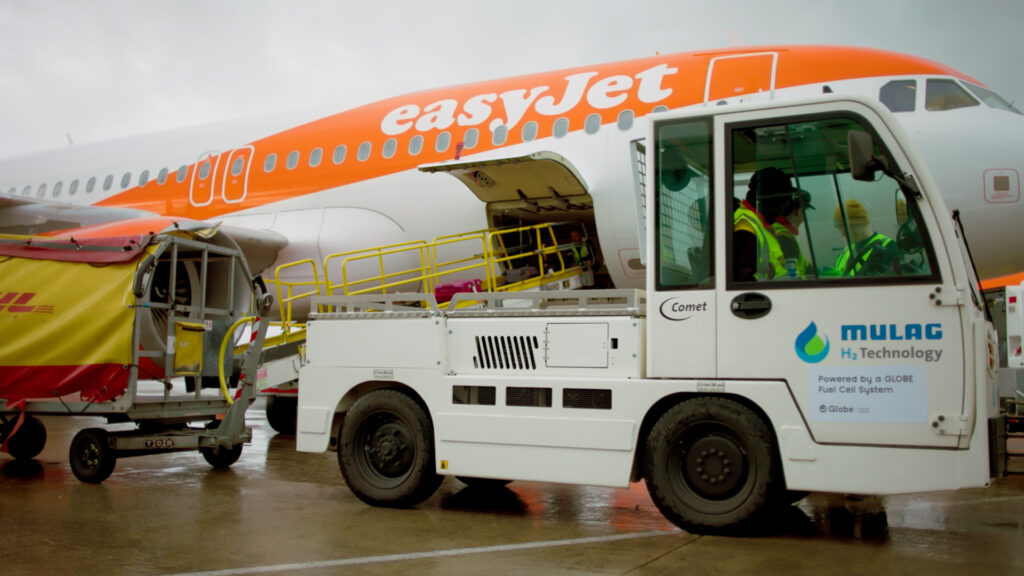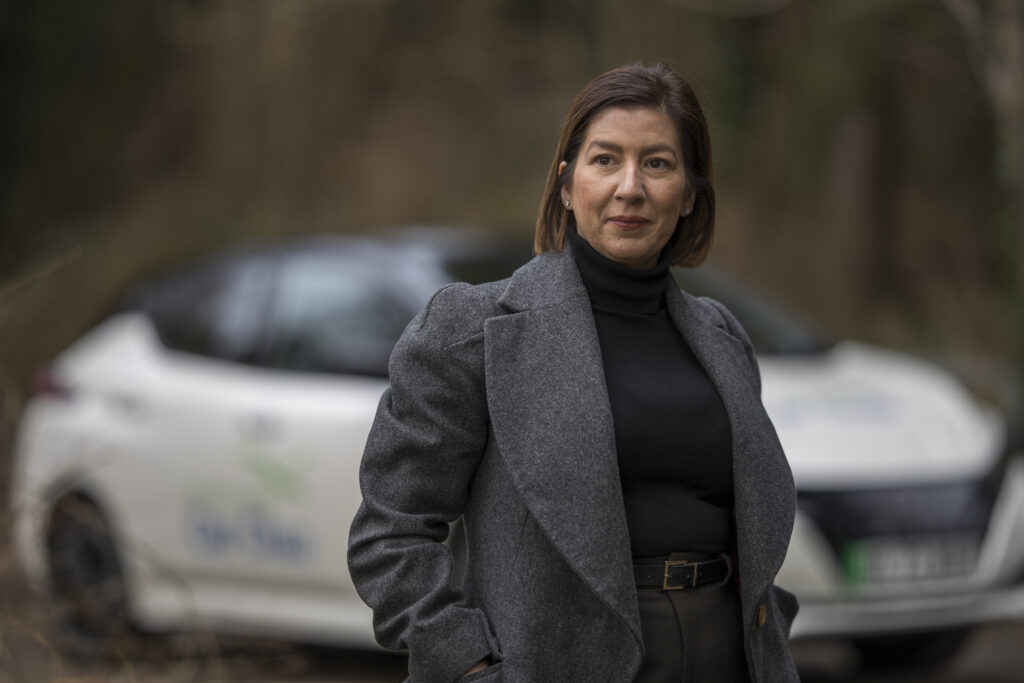The State of City Data

Background
Connected Places Catapult has commissioned a series of thought leadership pieces from leading data practitioners to give their assessment of the current state of city data. Together, these pieces form a comprehensive report of what works and what isn’t working for data in our cities. And what examples should be scaled and where we can learn from heroic failures.
In the last few years, city data has risen up the agenda as the fuel that will drive solutions to deliver the promise of smart cities. Cities are upskilling their data capabilities and data analytics has become mainstream discussion if not always in practice. Data analytics has woven itself into city devolution deals as an integral part of how city regions should operate, and Chief Data and Digital Officers are becoming commonplace with Greater London Authority’s appointment of Theo Blackwell as their first CDO.
West Midlands Combined Authority’s second Devolution Deal contained plans for their forthcoming Office of Data Analytics, and Edinburgh recently announced their £661m Data-Driven Innovation initiative as part of the Edinburgh and South East Scotland City Region Deal.
At Connected Places Catapult, we’ve taken an active part in this data evolution over the years. Our Tombolo project developed a tool to make it easier to share and combine different sources of data. This tool – the Tombolo Digital Connector – is an open-source software library that enables users to seamlessly combine different sources of data in an efficient, transparent and reproducible way.
More recently we launched our Quick Start Guide to City Data which outlines some of the challenges and opportunities for innovation in this space as well as a framework for writing a City Data strategy. Next month we’ll be placing two data scientists into two local councils to help them realise the value of their own data to tackle specific issues. And we’ll shortly be launching the first iteration of our data sharing toolkit.
But for all our efforts and that of many others, the hype of data science and analytics has never quite matched the reality. Often the community struggles to articulate the benefits of sharing data, or lack the practical tools to do so, stopping projects before they’ve even got off the ground. Understanding what data we have, what problems it can be applied to and what it can’t do is still not as well understood as we might hope.
So over the next year, we’ll be commissioning a series of thought leadership pieces from leading data practitioners, both in the UK and abroad, to give their assessment of the current state of city data. We’ll be exploring what works and what isn’t working as it should, what examples should be scaled and where we can learn from heroic failures. Through all of this we’ll be asking them what role they see Connected Places Catapult in helping to unlock these systemic challenges so that we can collectively accelerate UK cities data journey, and make data analytics live up to its promise to deliver better city services.
Read more
- Our first piece is from Hilary Simpson. Hilary is the founder of Sleuth Co-op, and previously worked with Nesta on their Office of Data Analytics programme, where she had been seconded from Camden City Council having led the development of their Camden Residents Index (CRI): a Master Data Management solution linking demographic people data from 16 line of business systems.
- Our second piece is from Tom Forth, Head of Data at The Data City and Head of Data at ODI Leeds. He looks at open data, cities and the importance of accountability to citizens.
- The third article is from Senior Lecturer in Geographic Data Science at the University of Liverpool Daniel Arribas-Bel, who takes a look at an area in urban data that has not received as much attention as it deserves; imagery.
If you’re interested in writing a piece as part of this series, please get in touch with Tamar Loach, Data Science Team Lead and Louise Fildes, Director of Data & Demonstrators.















